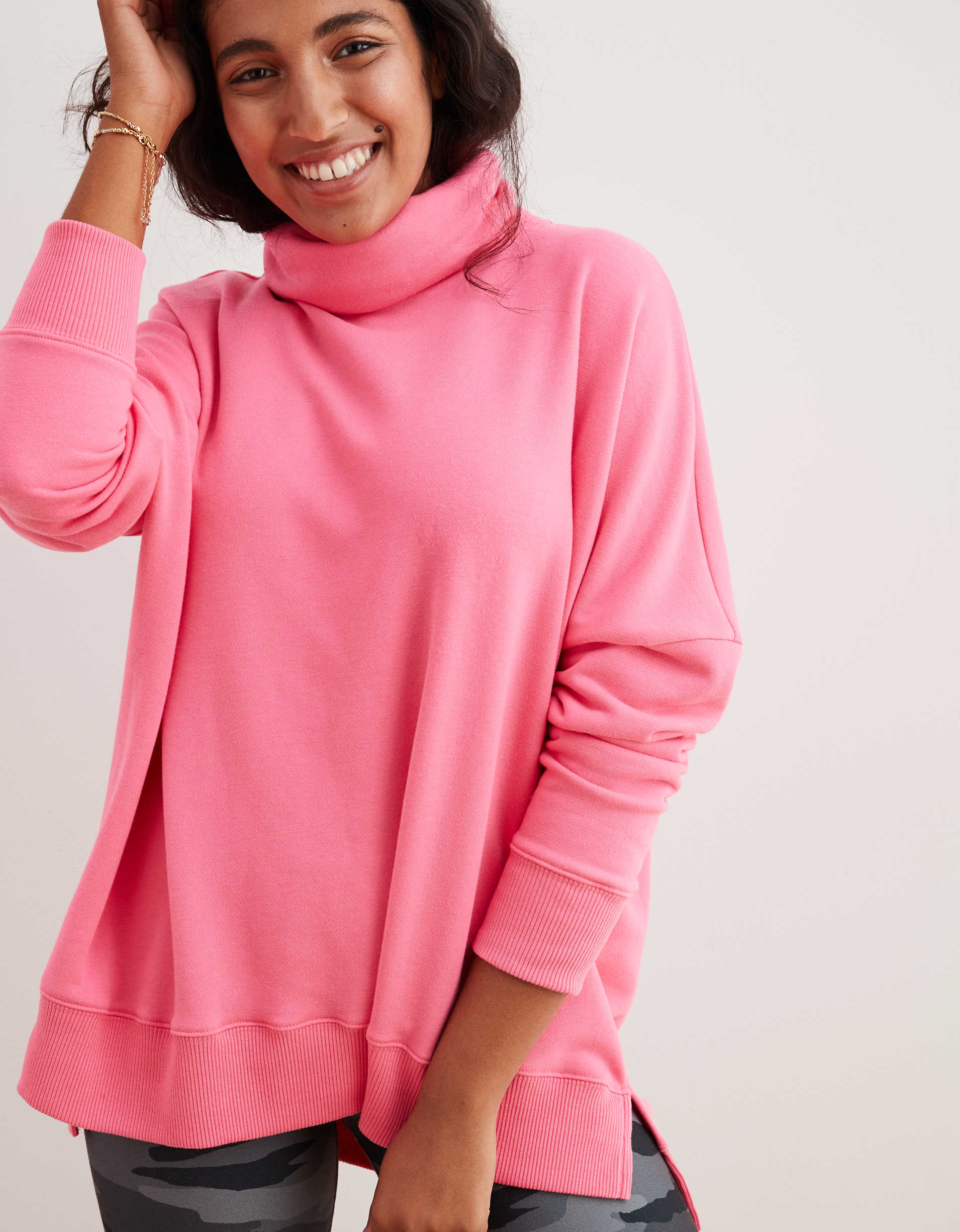What you should expect When Buying some sort of Sweatshirt

Sweatshirts are long-sleeved, pullover shirts that are typically constructed from thick cotton fabric. They are typically worn as casual clothing but aren't as dressy as sweaters or cardigans. https://kaplan-finley.mdwrite.net/what-you-should-know-about-sweatshirts-1686458357 may not have a Hood. If you're thinking of buying a sweatshirt here are some tips:
Norma Kamali sparked the appeal of sweatshirts
Since the end of the 70s, Norma Kamali has transformed the basic sweatshirt into an art. Her designs are now an essential part of all women's wardrobes. Her distinctive styles include tummy-tucking t-shirts to a crew neckline to thick leather sweatshirts. She has also created clothing in unusual forms, such as a tank top with a long trumpet skirt.

The collaboration between the designer and sweatshirt manufacturer Everlast gave rise to her Timeless line, which was an instant hit when it appeared in the spring catalog of Spiegel. The collection offered convertible and interchangeable knits with classic designs, and many pieces were priced under $20. Even if Norma Kamali's Timeless collection wasn't available in stores, buyers could still find the pieces on eBay and Poshmark.
Merino wool sweatshirts are more comfortable than soft sweatshirts
Merino wool is well-known for its moisture-wicking properties that help keep you comfortable and dry. This is a naturally-occurring fiber that also has a smoother feel. It is also quick to dry when compared with other natural materials. Furthermore, sweater shirts is a sustainable resource. The merino sheep shed coats each year, and then grow new coats.
The warmth-to-weight ratio of merino wool makes it popular for sweatshirts. It aids in controlling the temperature of your body due to its loft that naturally traps heat between the fibers. This is the reason Merino wool sweaters are ideal for outdoor and summer activities such as mountain biking, hiking and running. The warmth it offers keeps the wearer well-hydrated and cool, something that is important for working out.

Zip-front hoodies feature kangaroo pockets.
Kangaroo pocket Hoodies are a well-loved style of hoodies. They have a huge pocket on the front, that keeps your hands warm during cold days. They are much more practical than traditional pockets because they permit your hands to slide into and out with ease.
Kangaroo pockets are typically large enough to accommodate a wallet or some other small items for personal use. They're usually long enough to fit the palm of a hand that is small or even large enough to accommodate two hands. They feature wide openings on both sides and can be used to carry small items.
French terry fabric is a well-loved fabric for sweatshirts.
The French Terry fabric is constructed of soft yarns that are knit into loops and is typically midweight. It is also known because of its capacity to absorb away moisture and is pre-shrunk. French Terry is a fantastic option for sweatshirts since it is warm when you require it and keeps you cool when you need to cool down.
French Terry is also popular for loungewear, since it has enough stretch and flexibility to feel good on your skin. It also allows air to circulate throughout the fabric, which makes it ideal for layering under other clothes. In addition, because it's lighter than other sweatshirts that you can wear all through the year without feeling too hot or cold.
Hoodies have classist connotations
Although it might appear that hoodies are just an appropriate clothing item for working class people however, in reality they have a classist connotation. Hoodies first became used in the early 70s New York, where graffiti artists wore them to hide their identities. In 1976, hoodies made their major film debut in "Rocky," when the working-class main character was seen wearing grey sweats with hoods during his memorable climb to the top of the steps of the Philadelphia Museum of Art.
Hoodies are usually linked to death, destruction and other unpleasant things, and yet they serve a practical purpose. For example, monks and priests may wear hoods to show respect and a sense of self-control.
